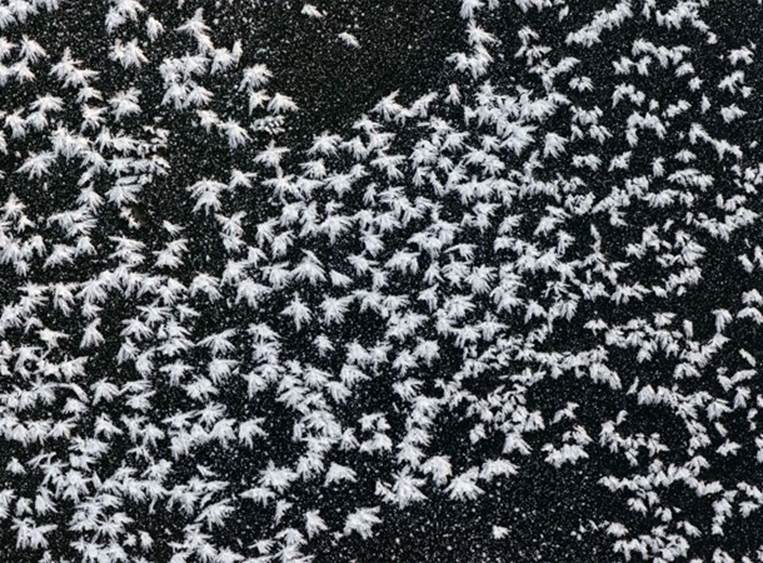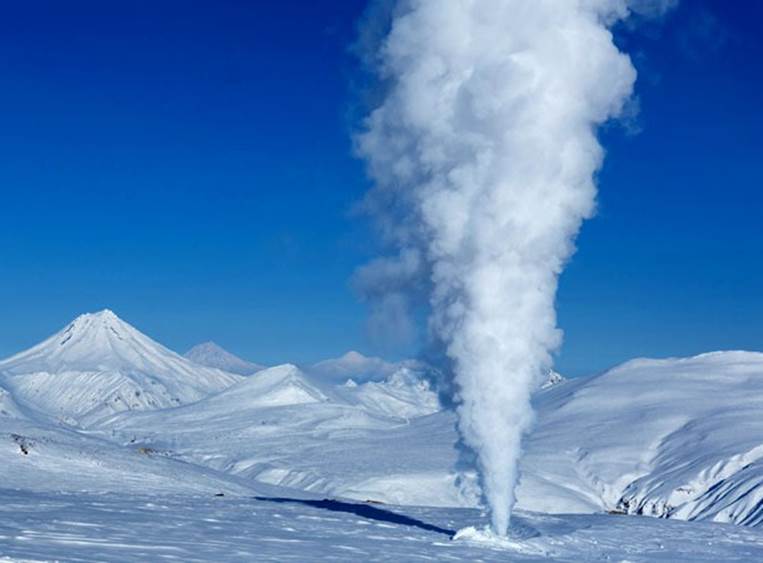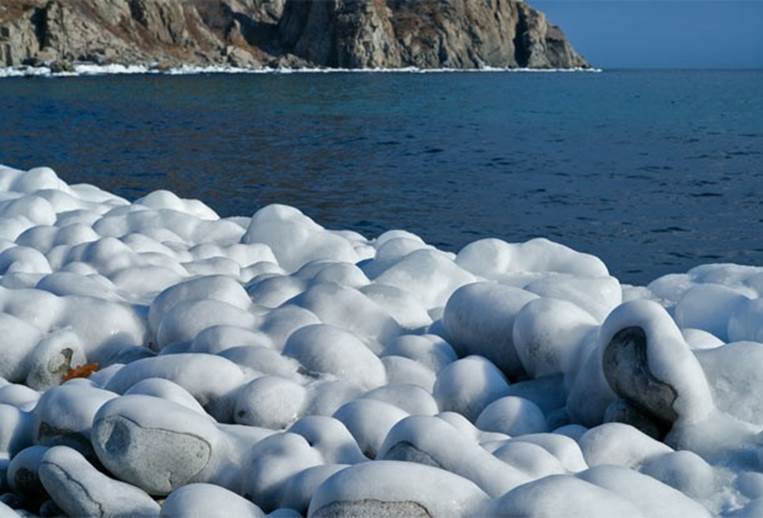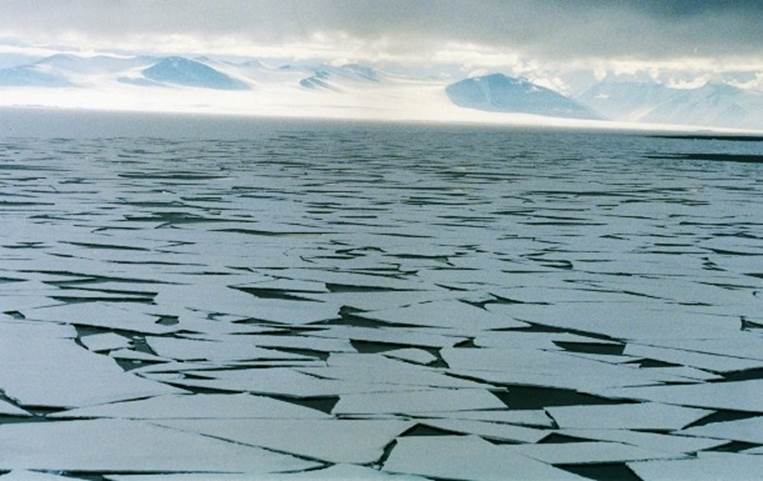AMAZING FROZEN WONDERS
Added on: 7th Oct 2016
ICE BUBBLES

In January 2015, these bizarre ice bubbles were spotted in a
lake in the Banff National Park in Canada. In fact, these
bubbles were full of methane created by microbes consuming
dead organic matter on the bottom of the lake. The
bubbles normally rise to the surface but in winter,
they got trapped inside the ice.
FROST FLOWERS

These frost flowers grow during cold, calm conditions with
extremely high salinity and concentrations of other sea
water chemicals. This happens when the atmosphere is colder
than the underlying ice. These formations are usually
found in the Arctic.
ICE VOLCANO

Officially known as ice fumaroles, the ice volcanoes are
openings in the planet´s crust which emit steam and gases
instead of lava. Antarctica is home to hundreds of these
unusual ice chimneys that are formed due to the natural
contrasting of hot and cold environment.
ICE BOULDERS

Photographed along Lake Michigan in 2013, the ice boulders
seem like a rare find, but they have actually been found
around the world in locations scattered from Antarctica to the
Arctic. Made of slush and so called frazil ice, they are formed
by the action of waves turning them over and over,
eventually rolling them into spherical shapes.
HOAR FROST

Also known as radiation frost or pruina, hoar frost refers
to white ice crystals, deposited on the ground or loosely
attached and exposed objects. It forms on cold, clear nights
when conditions are such that heat radiates out to the open
sky faster than it can be replaced from nearby sources
such as wind or warm objects.
TURQUOISE ICE

One of the biggest, deepest and cleanest lakes in the world,
Lake Baikal hosts a stunning natural phenomenon every March.
Shifts in temperatures, wind, frost and sunlight cause the frozen
lake to crack, forming gigantic shards of turquoise ice that
attract photographers from all over the world.
SEA ICE

Sea ice arises as seawater freezes. Because ice is less dense
Than water, it floats on the ocean’s surface. Sea ice covers
about 7% of the Earth’s surface and about 12% of the world’s
oceans. Due to the action of winds, currents and temperature
fluctuations, sea ice is very dynamic, leading to a wide
variety of ice types and features.
ICE CALVING

Also known as glacier calving or iceberg calving, ice calving
is a phenomenon in which large chunks of ice break off a glacier.
A form of ice ablation or ice disruption, ice calving is normally
caused by the glacier expanding. Calving of glaciers is often
accompanied by a loud cracking or booming sound.

Comment on this